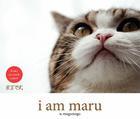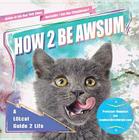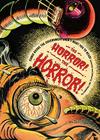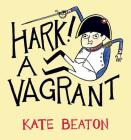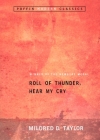
I would never have believed that this year I'd read a book with a despicable, oblivious first-person narrator somehow more hilarious than The Hottest Dishes of the Tartar Cuisine. But Treasure Island!!! is that book.
Said narrator (huh, I didn't even notice she's never named) is a spectacularly aimless 25-year-old who happens to pick up a copy of Stevenson's classic pirate tale when her teacher sister leaves it behind in disgust ("I hate a book with no girls in it") and is blown away by the contrast she finds with her own life:
When had I ever dreamed a scheme? When had I ever done a foolish, over-bold act? When had I ever, like Jim Hawkins, broke from my friends, raced for the beach, stolen a boat, killed a man, or eliminated an obstacle that stood in the way of my getting a hunk of gold? I, a person unable to decide what to do with my broken mini-blinds, let alone with the rest of my life, lay on my bed, while in the book's open air, people chased assholes out of pubs and trampled blind beggars with their horses. You needn't have a violent nature to be impressed with animal energy. If life were a sea adventure, I knew: I wouldn't be sailor, pirate, or cabin boy but more likely a barnacle clinging to the side of the boat. Why not rise, I though. Why not spring up that very moment, in the spirit of Jim, and create my own adventure?Awash with the power of nineteenth-century children's literature, she derives what she believes to be the Core Values of boy-hero Jim Hawkins' character--BOLDNESS, RESOLUTENESS, INDEPENDENCE, and HORN-BLOWING--and resolves to put them into practice immediately.
The problem, though, is that she's a terrible person: narcissistic, backbiting, capable of truly great feats of self-justification. Thus her exercise in BOLDNESS begins at her part-time job at the Pet Library (exactly what it says on the tin: an animal rescue that allows its inhabitants to be borrowed and returned by patrons) as she asserts her selfhood by just not doing the nasty duties she doesn't want to do. She then uses what she assumes to be petty cash her boss has hidden in the back room to purchase a parrot--a Yellow-Naped Amazon named Little Richard--and while she's shopping for the bird, vandals wreak havoc at the Library. Summarily fired, she proceeds methodically to destroy the lives of everyone around her, remaining blissfully, hilariously oblivious to the carnage in her wake.
You know I'm a sucker for voice, and oh such a glorious voice has Treasure Island!!!: pointlessly smart, Waugh-ly arch, articulate and funny and mean and instantly compelling. Definitely my favorite new novel of the year.
P.S. Whilst idly researching whether Europa Editions has a subscription service (alas, no), I discovered and joined the Europa Challenge Blog--a group of folks dedicated to the publisher's amazing, quirky, international catalog. This year I'm participating at the "Ami" level--only one book to go! (I'm planning on You Deserve Nothing.)

